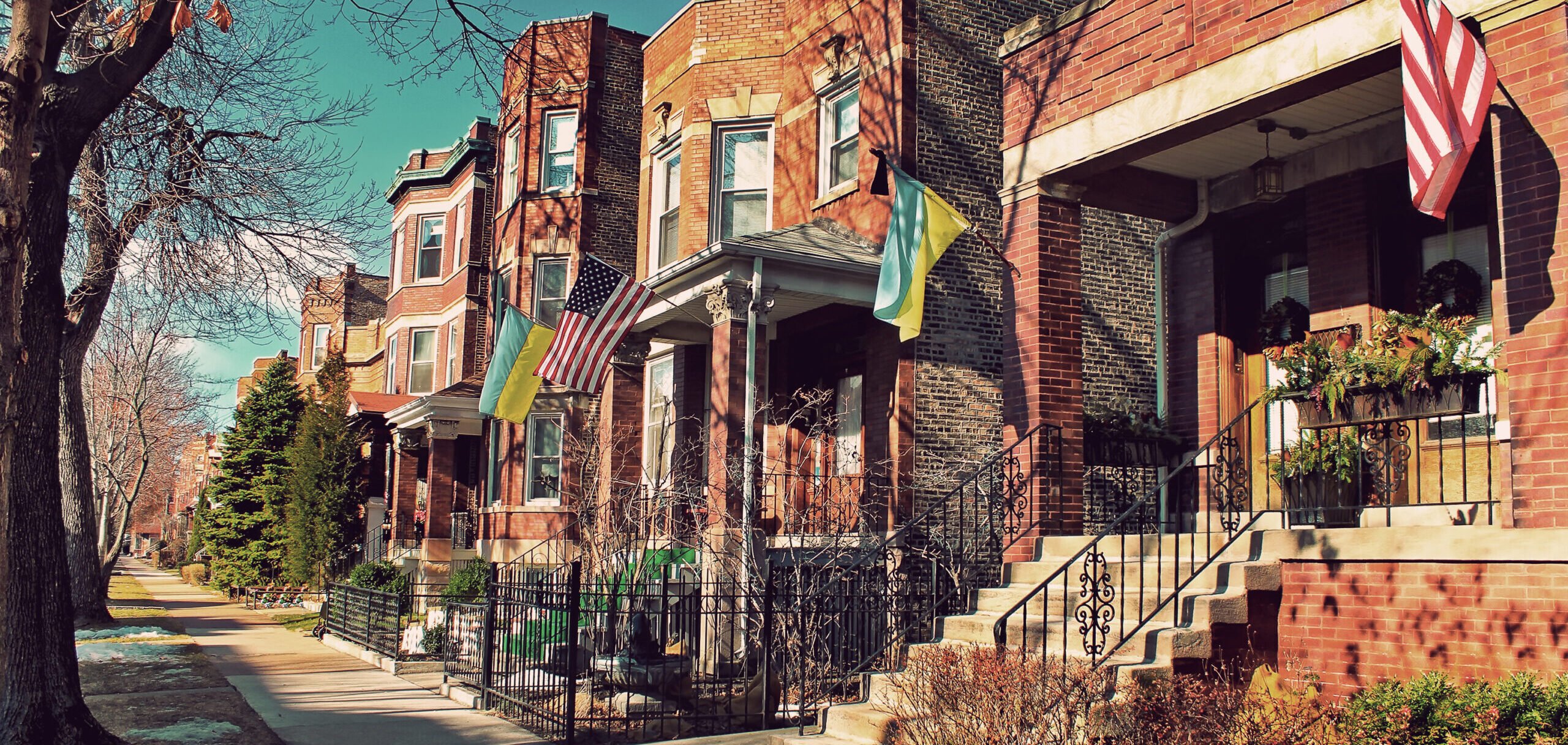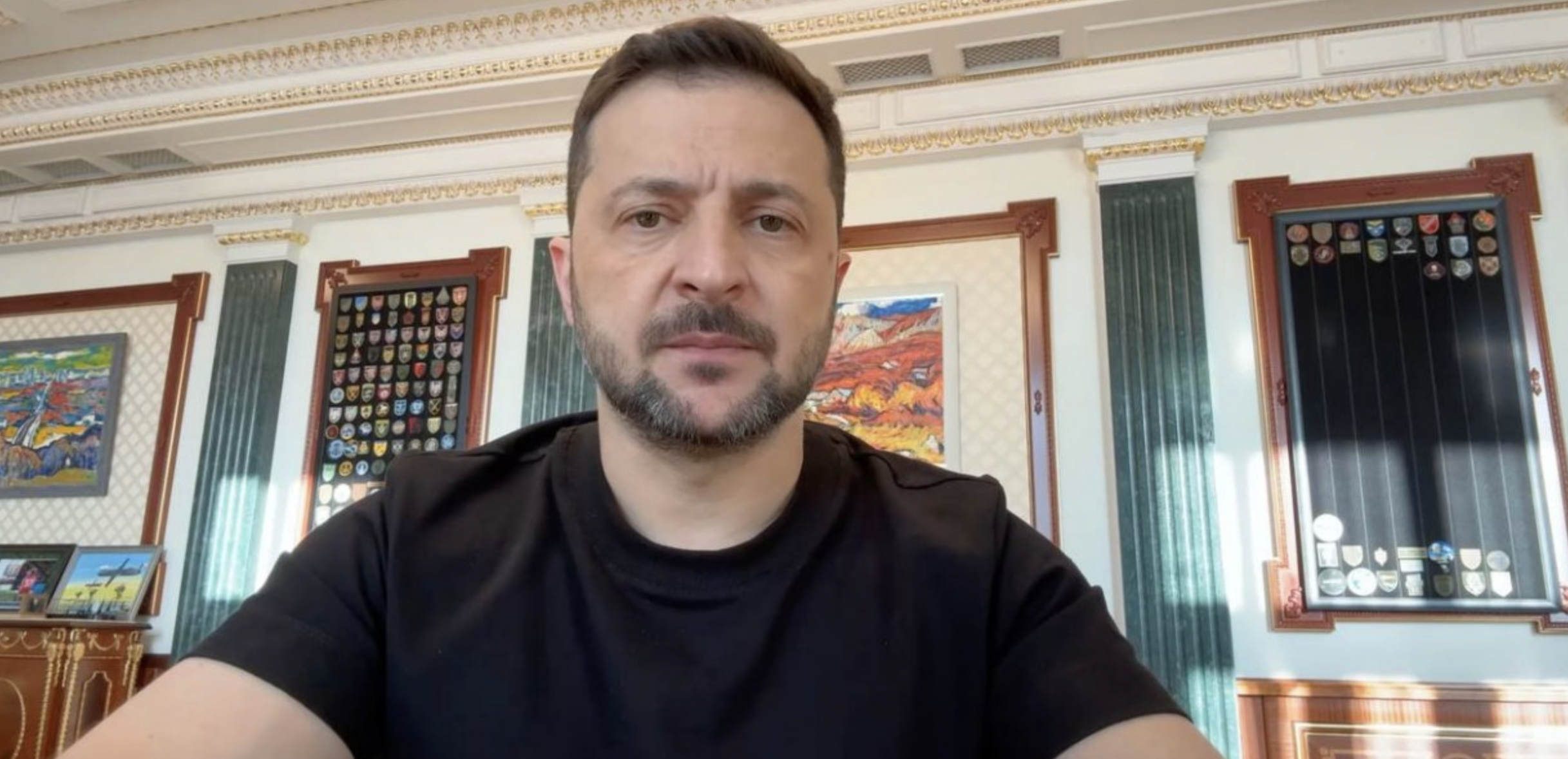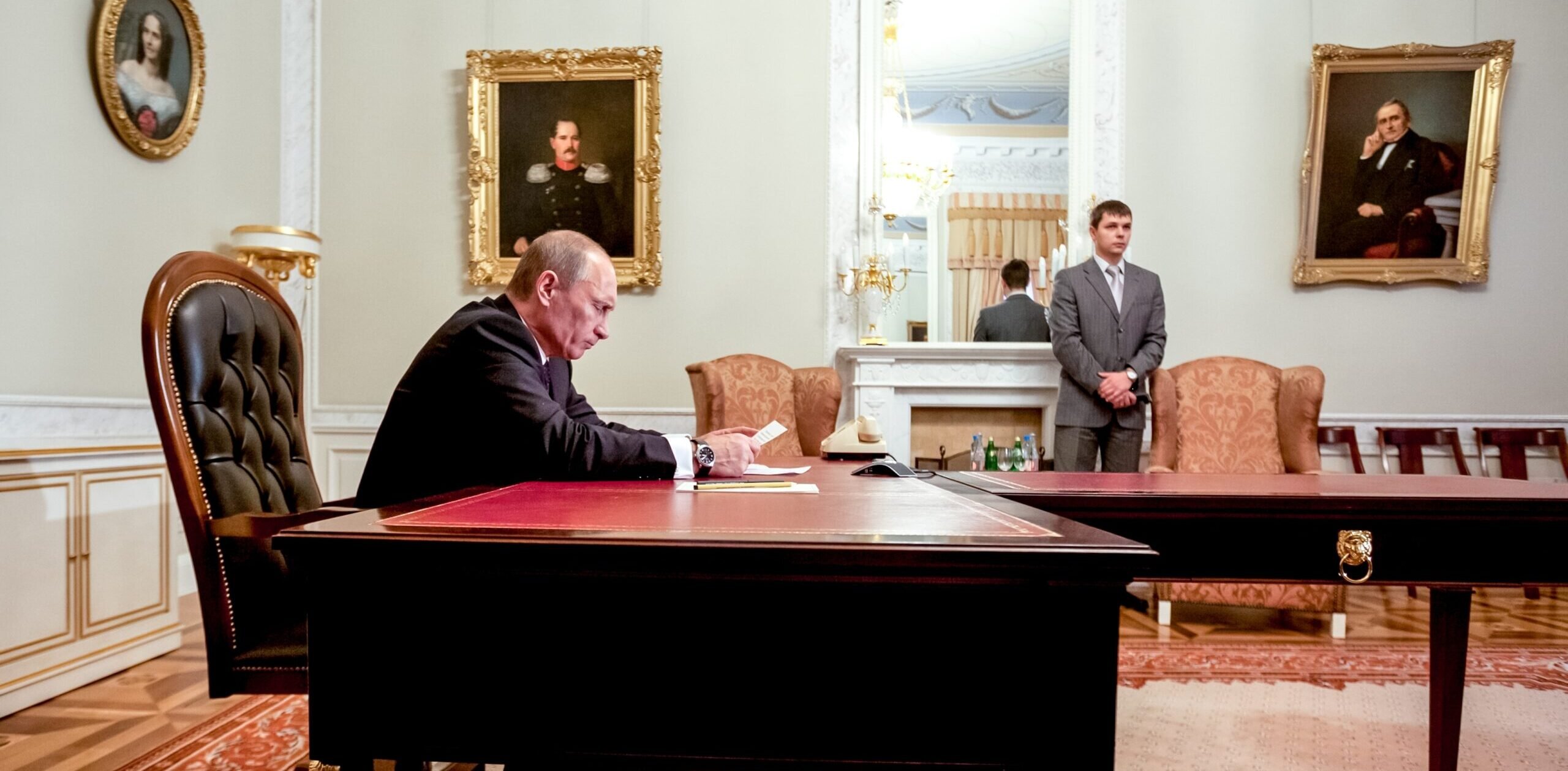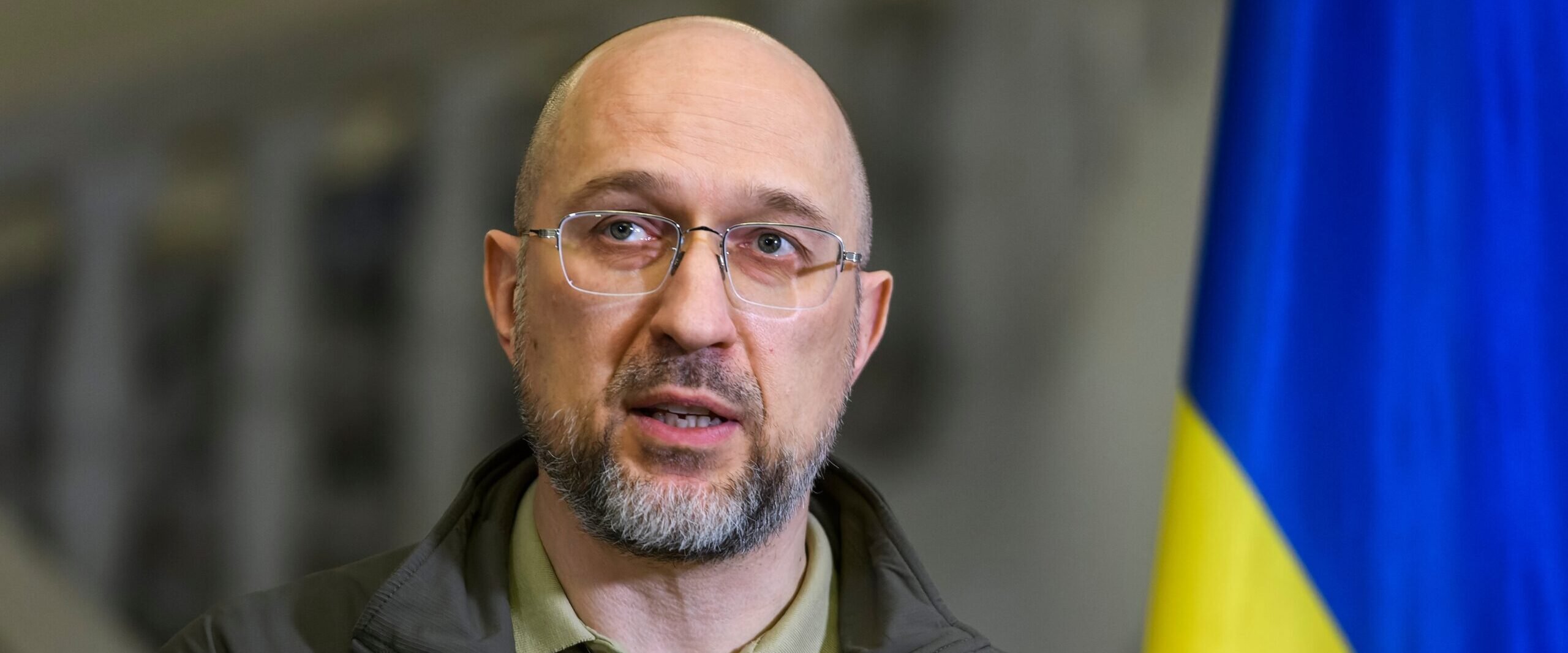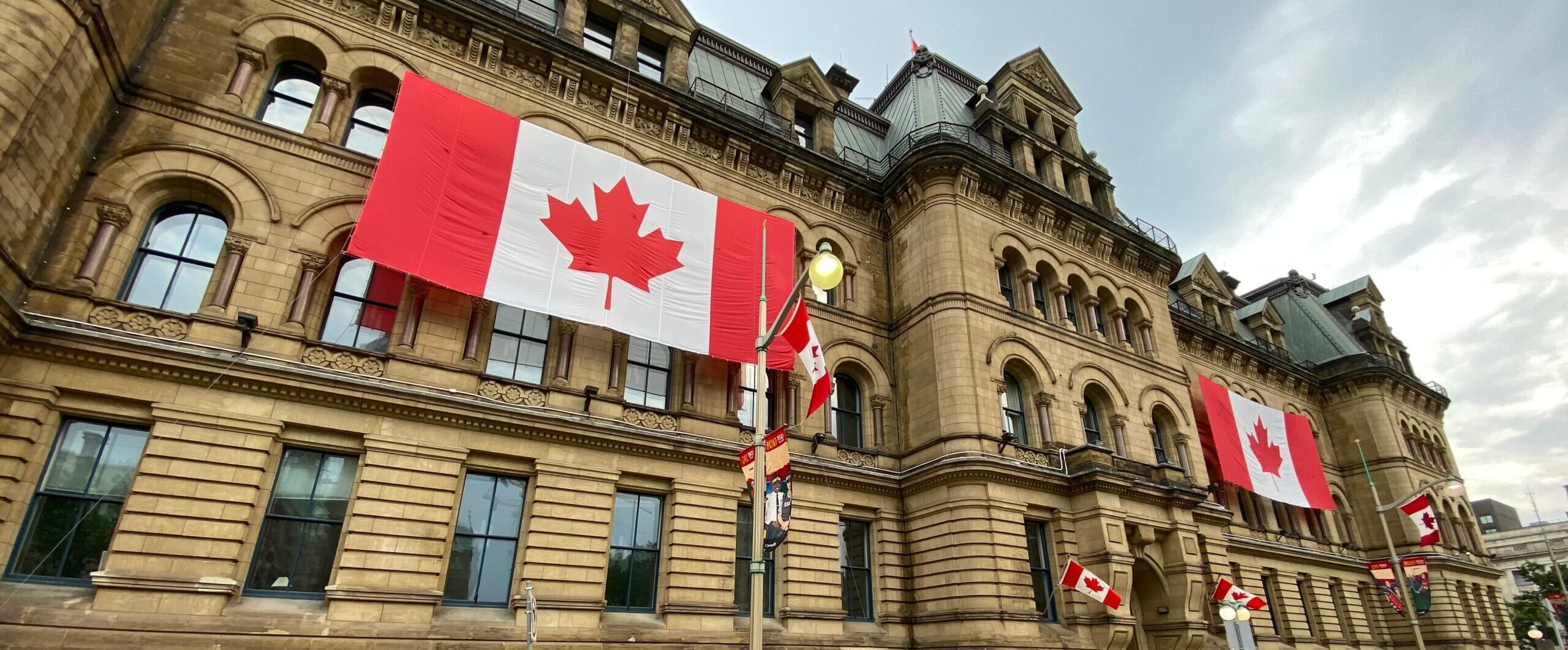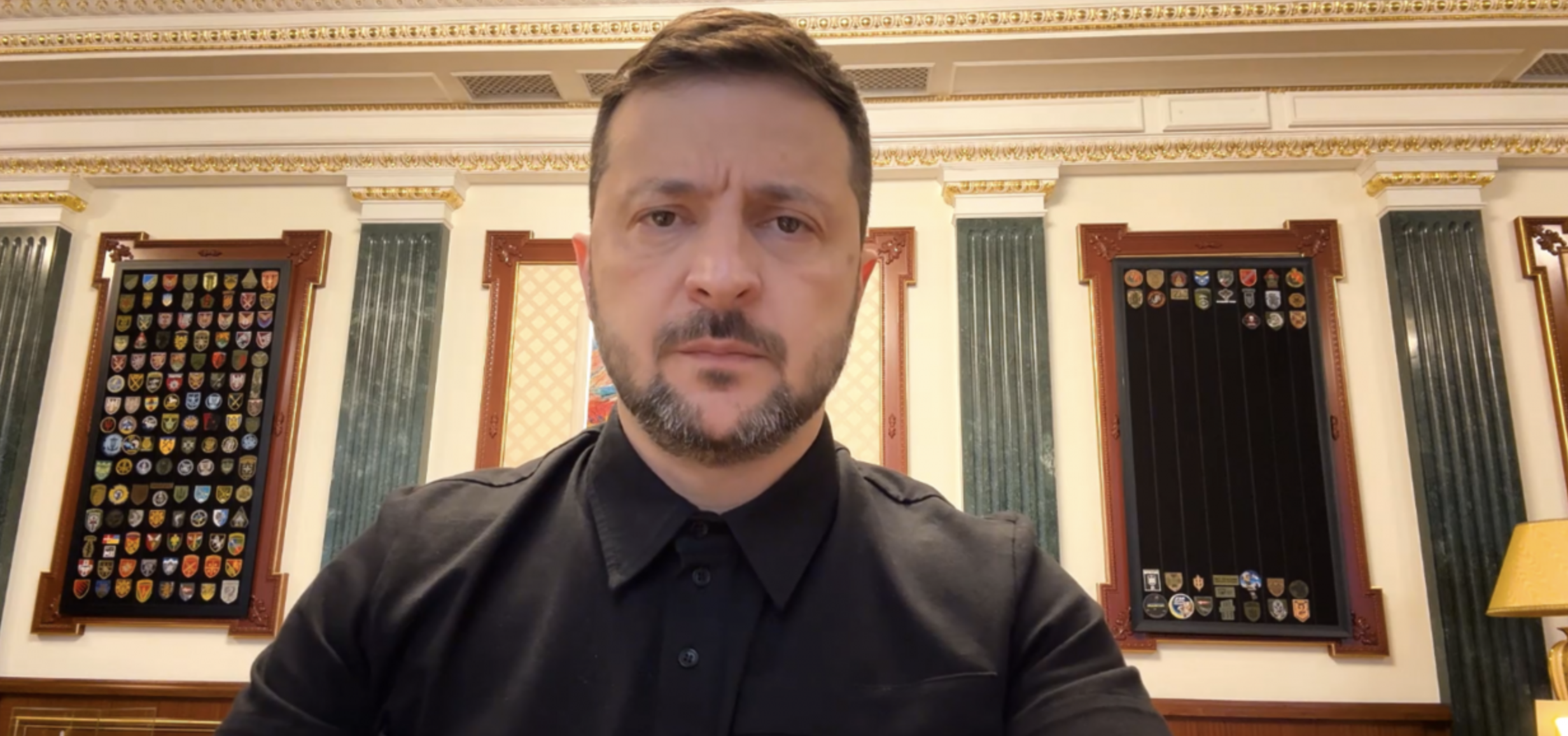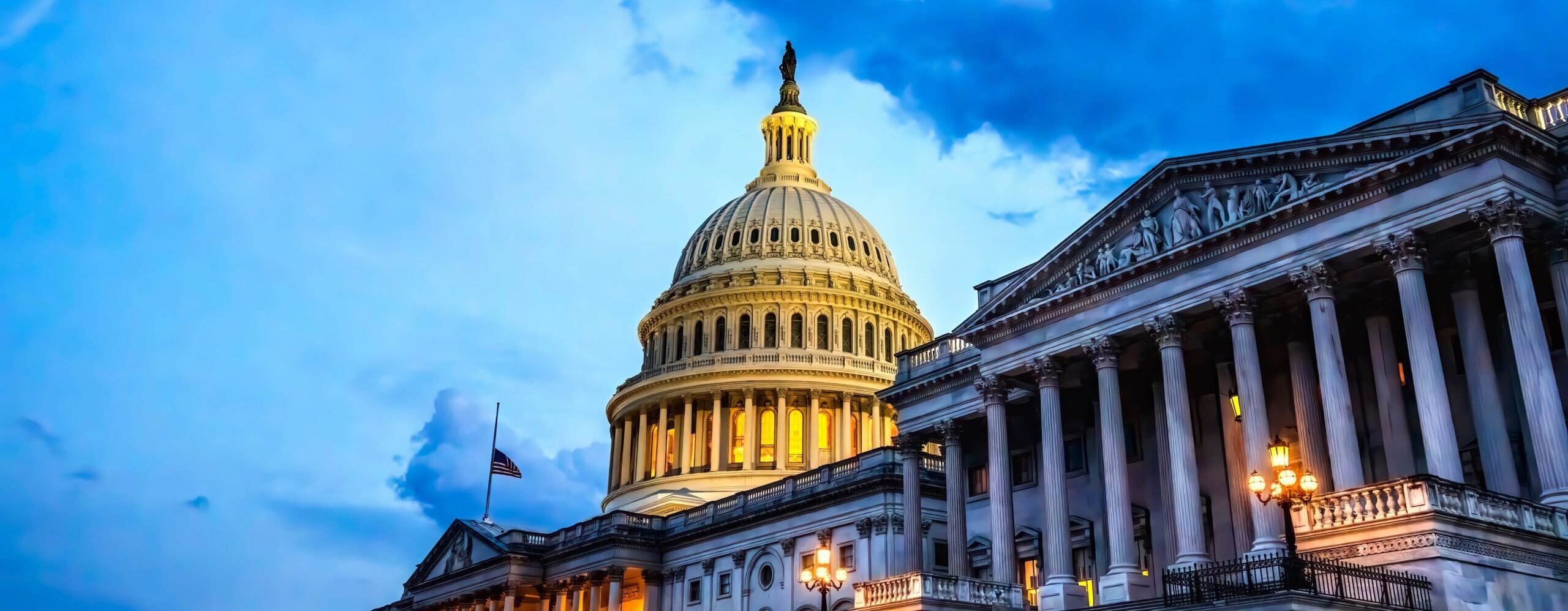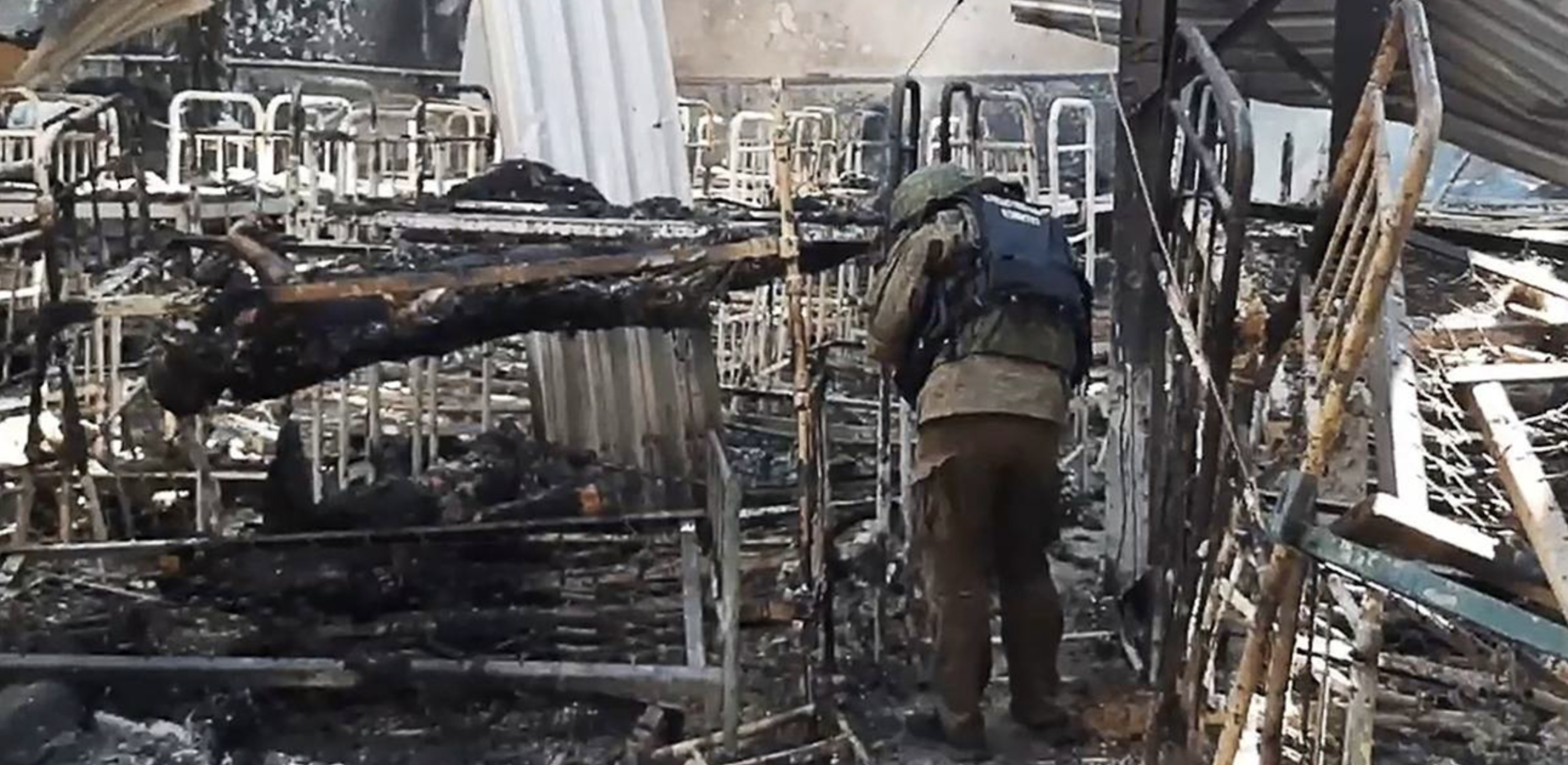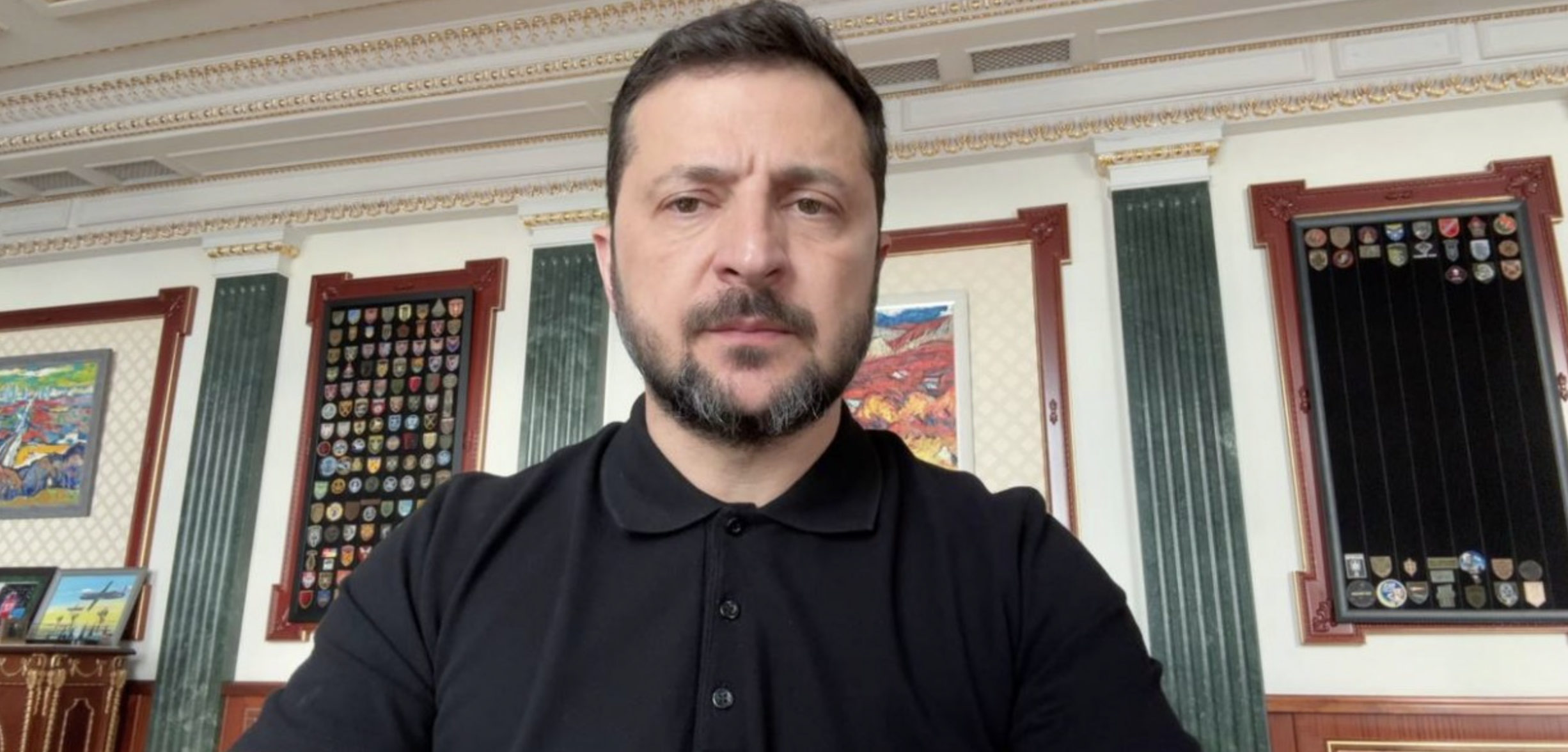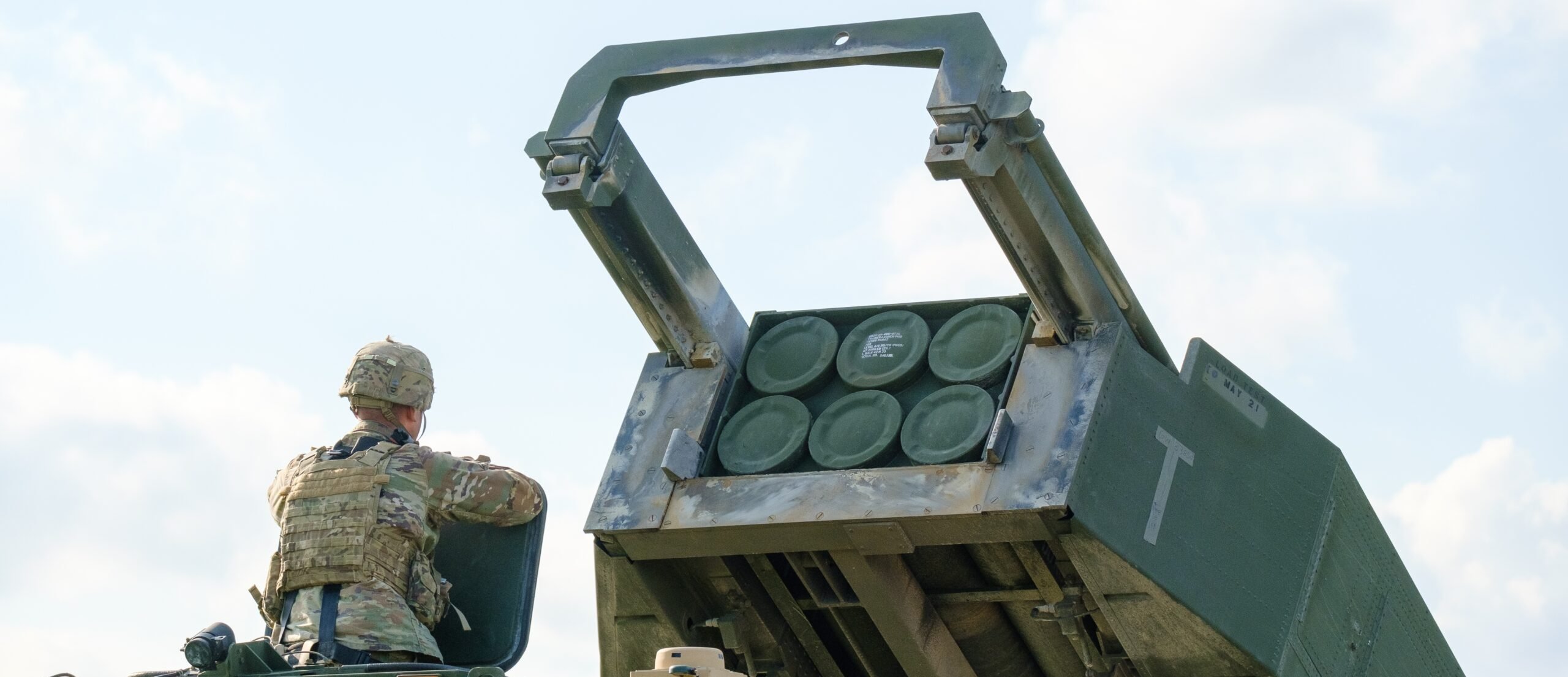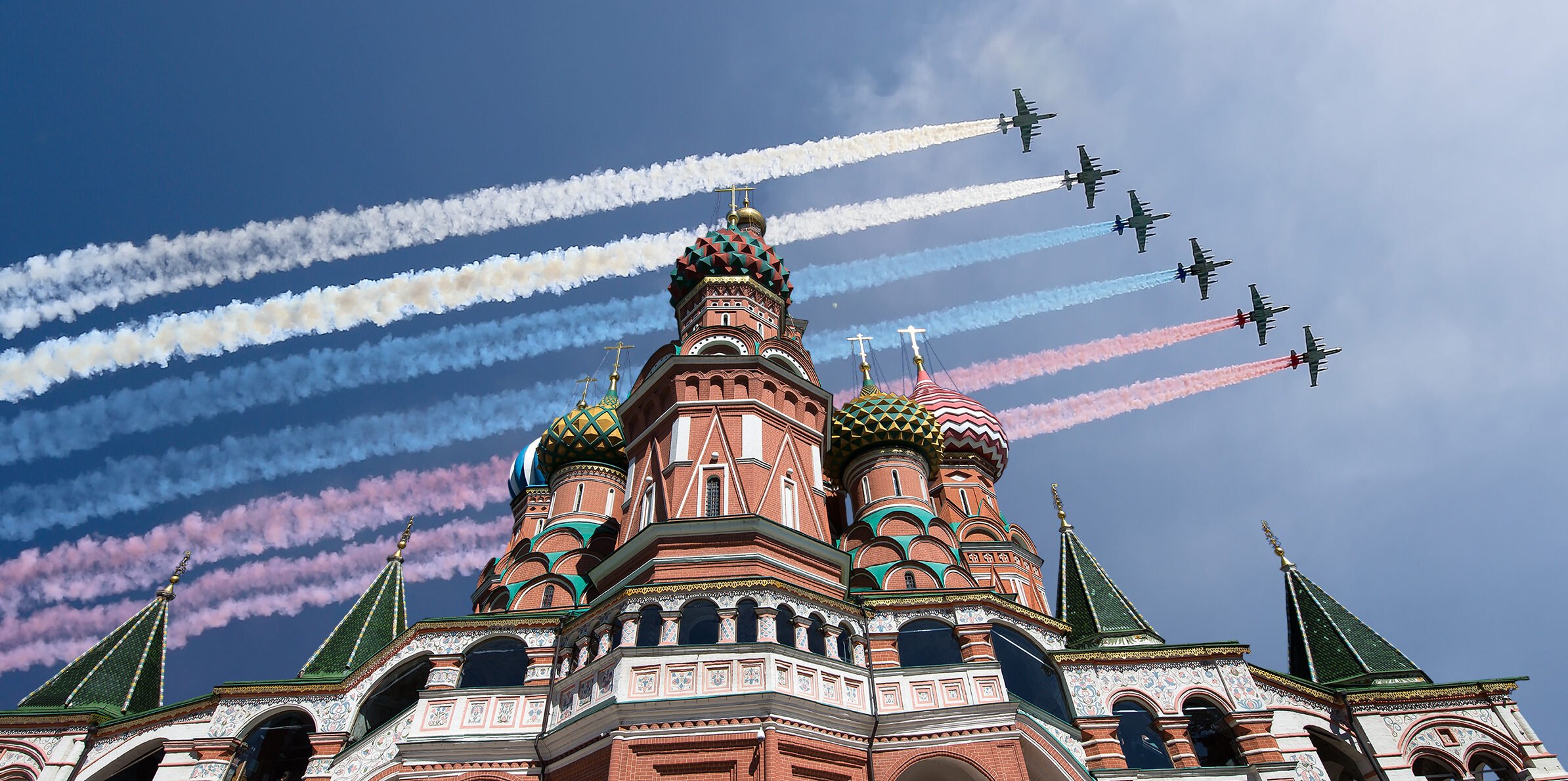

by Kate Turska, Co-chair of the Ukrainian Association of New Zealand (North) and the head of Mahi for Ukraine
Source: Mahi For Ukraine
No country has propped up more dictatorships—or for longer—than Russia. From Stalin’s alliances to modern-day support for regimes in Syria, Iran, North Korea, Venezuela, and across Africa, Russia has been backing tyranny for over a century—long before the U.S. began interfering in global democracies. While some love to claim the U.S. is the world’s ultimate meddler, it’s Russia that has consistently enabled repression on a global scale.
In 1922, Soviet Russia signed the Treaty of Rapallo with Weimar Germany—an agreement that laid the foundation for the covert rearmament of the future Nazi war machine. At a time when the Treaty of Versailles prohibited Germany from developing offensive military capabilities, the Soviet Union stepped in as a silent partner.
Under this agreement, German military personnel trained in the USSR. Luftwaffe pilots practised at secret Soviet airfields. German tank divisions tested weapons on Soviet soil. Soviet Russia essentially became the quiet incubator of Nazi Germany’s future military strength—a partnership rooted in shared ambition to undermine the post-WWI order.
Fast forward to 1939, and the alliance became explicit with the Molotov–Ribbentrop Pact—a non-aggression treaty signed between Nazi Germany and the USSR. This deal included a secret protocol dividing Eastern Europe into spheres of influence. Just days later, Hitler invaded Poland from the west, and two weeks after that, the Soviet Red Army invaded from the east. They held joint parades, celebrated the conquest together, and effectively launched WWII as military allies.
This is the truth Russia desperately tries to bury.
Russia rewrites history not just in public discourse, but in textbooks, museums, and classrooms. In Russian schools, students are taught that the war began in 1941, not 1939—conveniently erasing the two years of Soviet-Nazi collaboration. The narrative skips straight to Hitler’s betrayal, ignoring Stalin’s own plans to break the pact and strike Germany first. But Hitler beat him to it. This pattern—signing agreements only to break them when it suits—has also defined Russia’s foreign policy for over a century.
And yet, every year on May 9th, Russia descends into a grotesque display of “Victory Day” mania (“победобесие”)—chest-beating parades, staged patriotism, and glorified narratives of single-handedly defeating Nazism. It’s a lie built on half-truths and selective memory.
Yes, the Soviet Union paid a brutal price in the war. But it also collaborated with the Nazis at the start. It invaded Poland, annexed the Baltic states, and launched its own wars of aggression in Finland and Romania. And all of it was led by the Soviet Russia. The war effort was as much about Stalinist imperialism as it was about resisting fascism.
This bloated myth of “victory” over fascism is now weaponised by the Russian regime—not to honour the dead, but to distract the living. It’s used to silence dissent, justify new wars, and cultivate blind loyalty. It militarises society, especially children, wrapping them in uniforms and fake glory while hiding mass graves, economic collapse, and corruption. The regime that now most closely resembles fascist Germany is the very one waving victory flags in Moscow. Russian troops march under those same banners as they shell Ukrainian cities, commit genocide, torture civilians, and burn books.
The Soviet Union may have helped defeat Nazi Germany in the end, but it didn’t destroy fascism—it inherited it.
Once the swastikas were gone, the red star, hammer and sickle and later the double-headed eagle took their place across Eastern Europe. One totalitarian regime was replaced by another, and Russia has continued that legacy ever since. The regime that claims to have liberated Europe merely changed uniforms and carried on the project of occupation, censorship, and militarised imperialism.
The truth is, Russia’s victory pride is as fake as its democracy. It celebrates defeating a regime it once helped build. It boasts of peace while waging brutal wars. It clings to past glories because it has no future to offer its people.
The greatest dishonour to the memory of WWII is not forgetting—it’s rewriting history to serve new tyranny. And that’s exactly what Russia is doing.
That same regime—built on lies, revisionism, and imperial ambition—is now exporting its propaganda abroad. Ahead of the 80th anniversary of the so-called “Victory over Nazism,” Russian diplomatic missions are ramping up staged commemorations: car rallies with soviet and Russian symbols, theatrical performances in “Russian houses,” medal ceremonies, and flower-laying rituals at WWII monuments. These are not genuine acts of remembrance. They are strategic performances—designed to manipulate public sentiment, mobilise diaspora networks, and legitimise Russia’s ongoing war against Ukraine under the guise of historical memory.
The weaponisation of WWII nostalgia has become a key pillar of Russian foreign influence. It no longer commemorates the past—it distorts it to justify the present. Lest we forget, the past isn’t being honoured—it’s being hijacked.
Cover: Shutterstock
